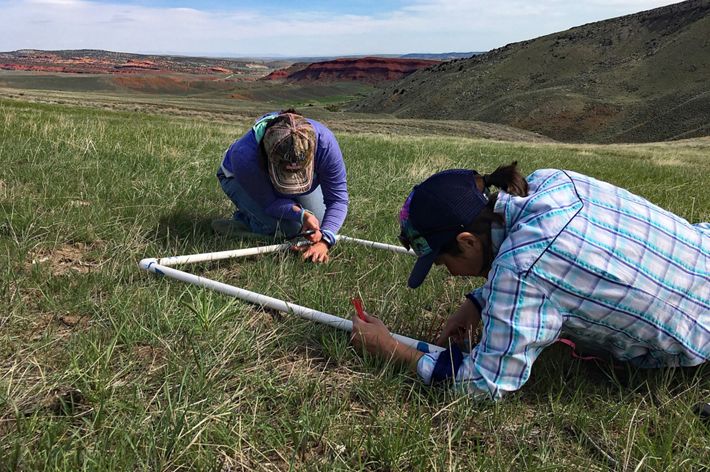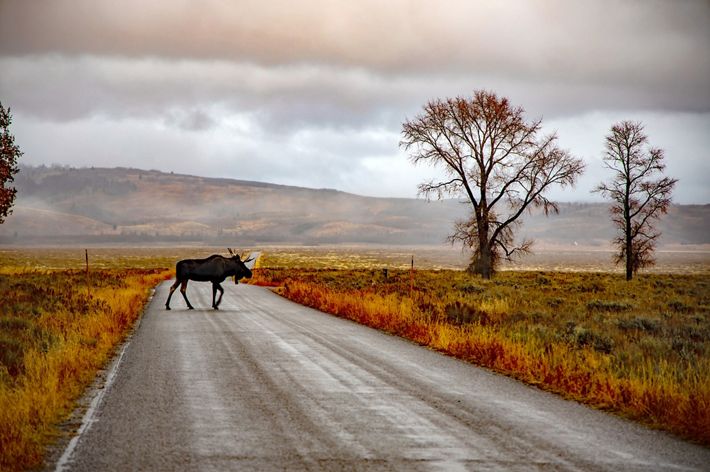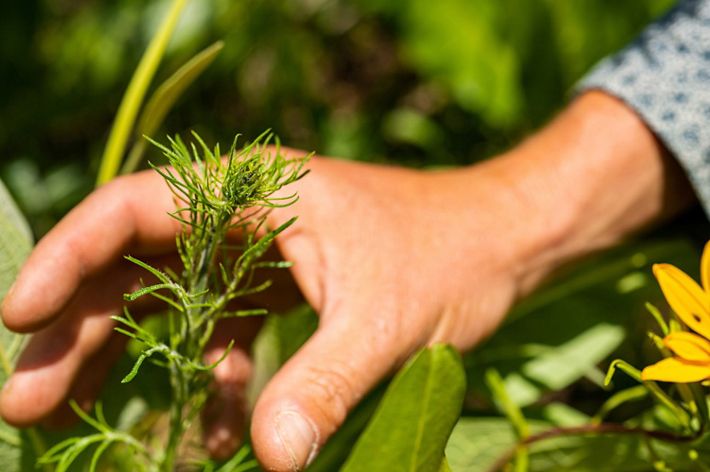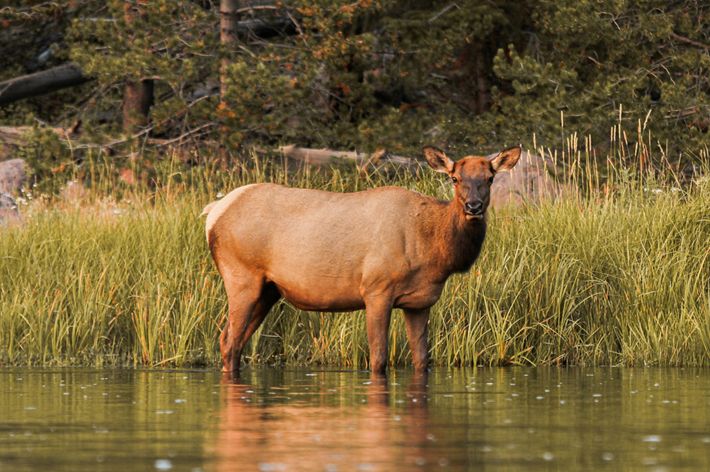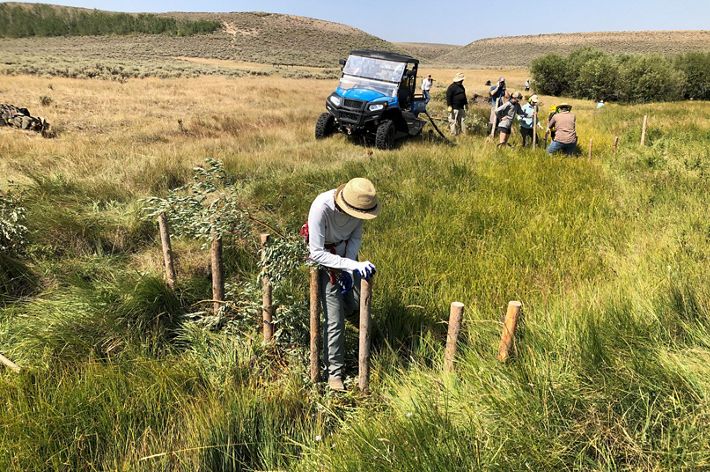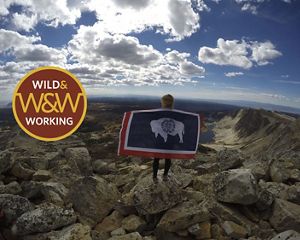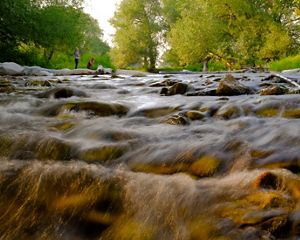
At The Nature Conservancy, science is the bedrock on which we build our conservation actions. Here in Wyoming, our scientists are conducting research that spans the spectrum from meeting the threats posed by climate change to investigating how the way we use the outdoors affects the wildlife that is so integral to that experience.
Sagebrush Restoration
The sagebrush ecosystem supports more than 350 plants and wildlife. Some of them are sensitive species that are declining rapidly due to human disturbances and loss of habitat. The traditional approaches to sagebrush restoration have been largely unsuccessful and/or impractical to implement over large areas. As part of our Innovative Restoration strategy, we are working with partners to test and develop new, cost-effective “seed enhancement technologies” to address this urgent need. By giving native plants a boost to overcome the barriers to survival in disturbed areas, we will restore the essential habitat for some of Wyoming’s most iconic creatures. We are also working on establishing best practices for treating invasive annual grasses that threaten the sagebrush ecosystem.
Wildlife and Roadways
More than a million vehicles crash into wildlife each year. The result is more than $8 billion in property damage a year, plus the sometimes-fatal human injuries and loss of wildlife. In addition to accidents, roads fragment the landscape and make it hard for animals to move freely. We are identifying the most problematic locations – such as places where many animals are hit by vehicles and/or have difficulty crossing roads – and working with partners to promote safer wildlife road crossings in those places. We have also tested whether low-cost measures such as reducing speed limits can reduce the problem.
Climate Change and Phenology
Climate change is bringing us shorter winters, earlier springs, and hotter summers. It is changing when plants bloom and make fruits, when bears hibernate and when we plan our vacations. In the Greater Yellowstone region, we are currently observing these events – a discipline known as phenology – to compare with historic data documenting those same phenomena in the past. By understanding how plants and animals are being affected by a warming climate, we can help them adapt and survive. By also engaging citizen scientists in data collection, through Wildflower Watch, we are increasing awareness of climate change and its impacts.
Impacts of Recreation on Wildlife
Most of us are thrilled to spot a bear or moose – at a safe distance – when enjoying the outdoors. Scientists at TNC are studying how those interactions are affecting the wildlife we see – or that only see us. One way is by analyzing the content of thousands of images captured on remote cameras through the “Neighbors to Nature” project near Jackson. That information is being analyzed to help inform management policies on the Bridger-Teton National Forest in a way that benefits both people and wildlife. As more people find comfort and joy in nature, this research is increasingly important.
Beaver Dam Analogs
In collaboration with the University of Wyoming, TNC is helping study the ecological impacts of beaver dam analogs (BDA). This work focused on dozens of BDAs installed at Red Canyon Ranch Preserve. The study aims to quantify changes in vegetation, invertebrate, amphibian, and bat communities in streams where BDAs have been installed, and to compare the effects of BDAs to those of natural beaver dams. Researchers from Syracuse University are working with us to measure improvement of groundwater levels and sediment movement at BDA sites.
